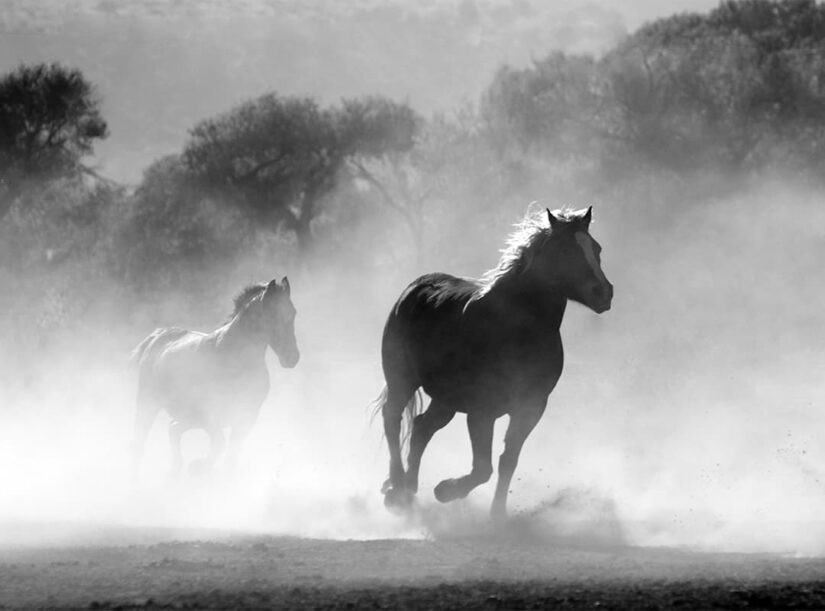Four Corners Hidden Gems: Seeing is Believing
The Colorado Plateau boasts some of the most remarkable natural wonders in the United States, from towering peaks to ancient formations. While many of these sights are well-known, there are hidden gems scattered across the region that offer adventurers a chance to escape the crowds and immerse themselves in nature’s splendor, especially during times like the COVID-19 pandemic when avoiding large gatherings is crucial.
Colorado’s Wild Mustangs:
Colorado’s rich history is intertwined with tales of the Wild West, and remnants of this era still roam freely in the southwest corner of the state. Managed by the Bureau of Land Management (BLM), four herd management areas (HMA) cover over 400,000 acres of rugged terrain. While reaching these areas may require some effort, the chance to witness wild mustangs in their natural habitat is a truly rewarding experience.
One such area is the Spring Creek Basin HMA, nestled in Disappointment Valley between Norwood and Dove Creek. Here, wild mustangs roam across 22,000 acres of pristine wilderness, offering a glimpse into Colorado’s untamed past. Despite the valley’s name, encountering these majestic creatures is anything but disappointing. Whether you’re seeking inner peace or capturing the perfect photograph, the sight of these wild horses against the backdrop of the Colorado landscape is a sight to behold.
Arizona’s Moenkopi Dinosaur Tracks:
For those fascinated by prehistoric giants, the Moenkopi Dinosaur Tracks offer a unique opportunity to walk in the footsteps of dinosaurs. Located west of Tuba City on the Navajo Nation, this hidden gem allows visitors to trace the ancient footprints of creatures that roamed the earth over 200 million years ago. As you wander along the sandstone trail, you’ll encounter fossilized remains and remnants of a bygone era, including dinosaur tracks and even some fossilized dinosaur droppings.
Colorado’s Champion Trees:
Venture north of Durango to the Hermosa Creek Drainage, and you’ll discover some of Colorado’s tallest trees, known as “champion trees.” Despite being ravaged by the 416 fire, which claimed two of the largest trees in the area, the Hermosa Creek Drainage still boasts several impressive specimens. Among them is a towering blue spruce standing at 181 feet tall with a circumference of 11 feet. Nearby, hikers can marvel at a majestic ponderosa pine measuring 148 feet in height with a circumference of 12 feet. Further along the trail, you’ll encounter the champion Southwestern white pine, a unique species native to the region, standing tall at 109 feet with a circumference of 9 feet.
These hidden gems of the Four Corners region offer adventurers a chance to escape the crowds and connect with nature in its purest form. Whether you’re marveling at wild mustangs, tracing dinosaur tracks, or standing in awe of towering trees, the beauty of these natural wonders is sure to leave a lasting impression.
